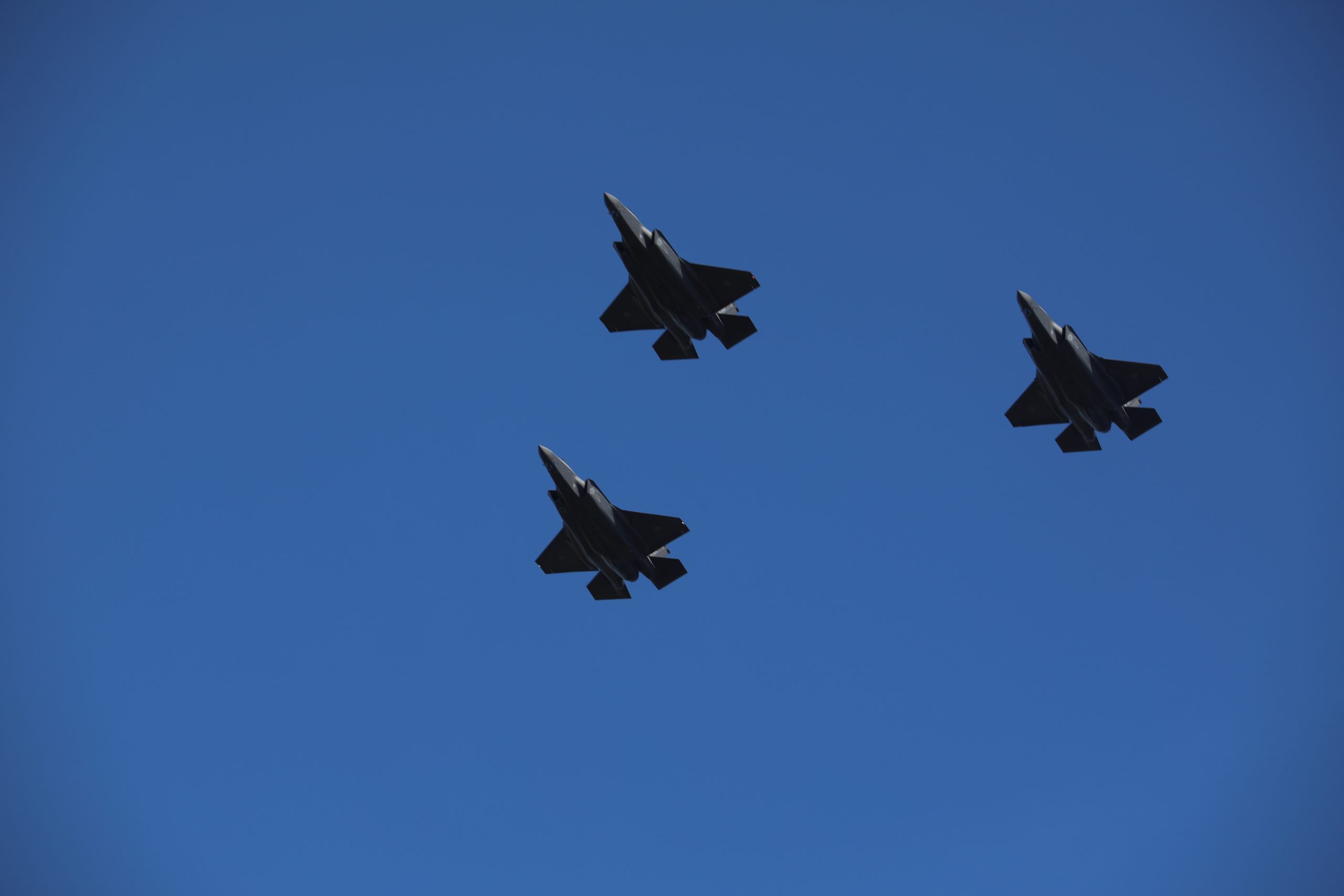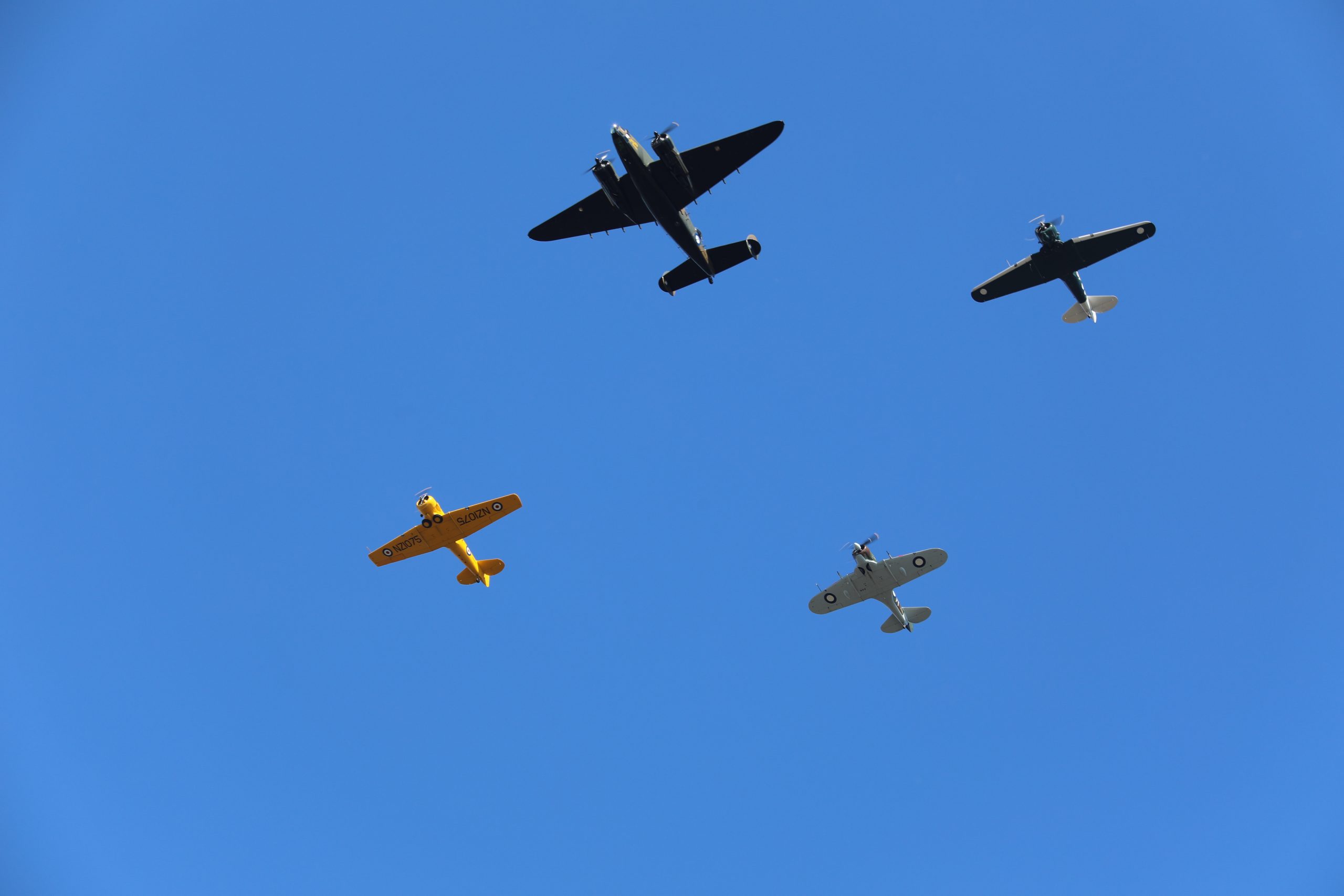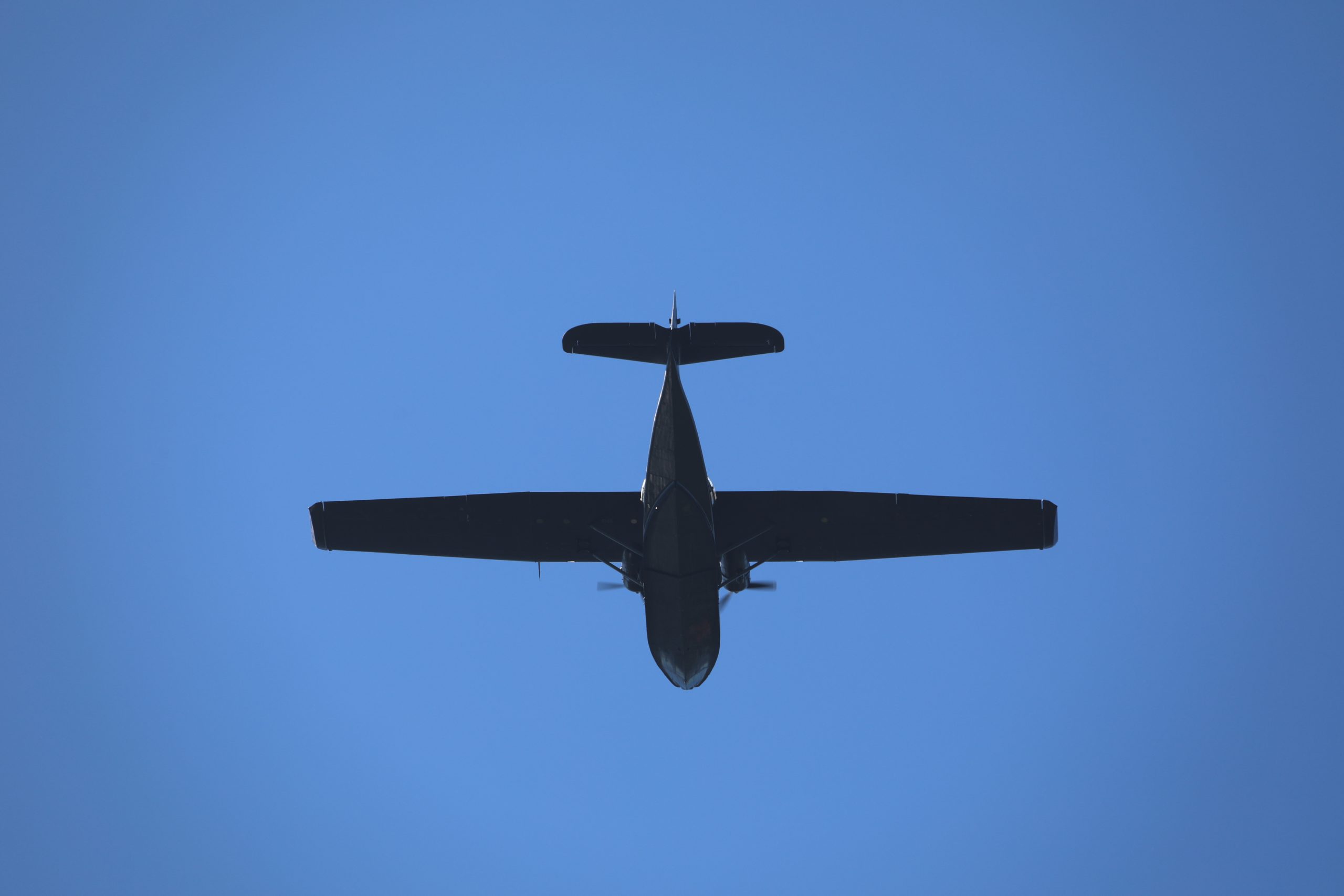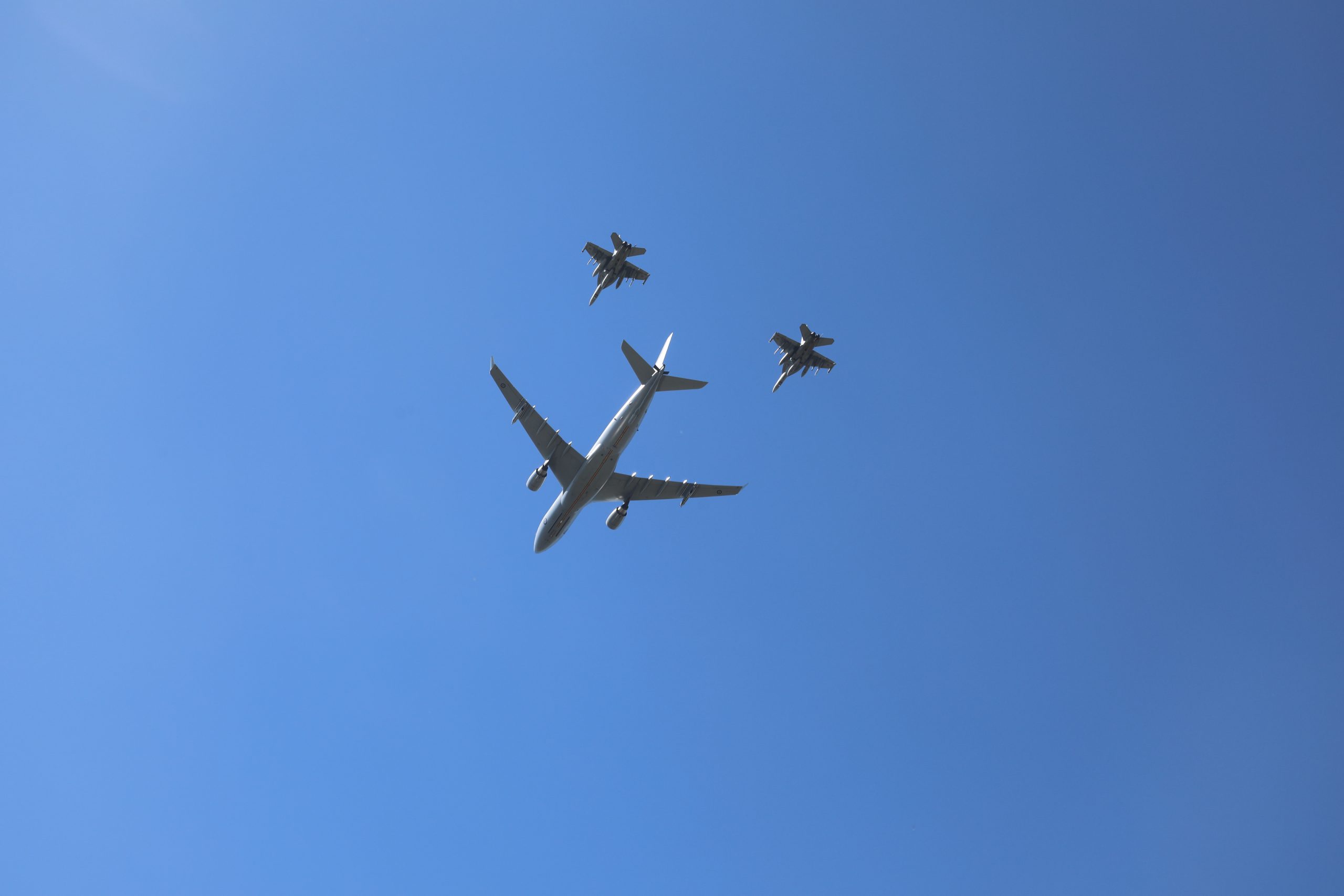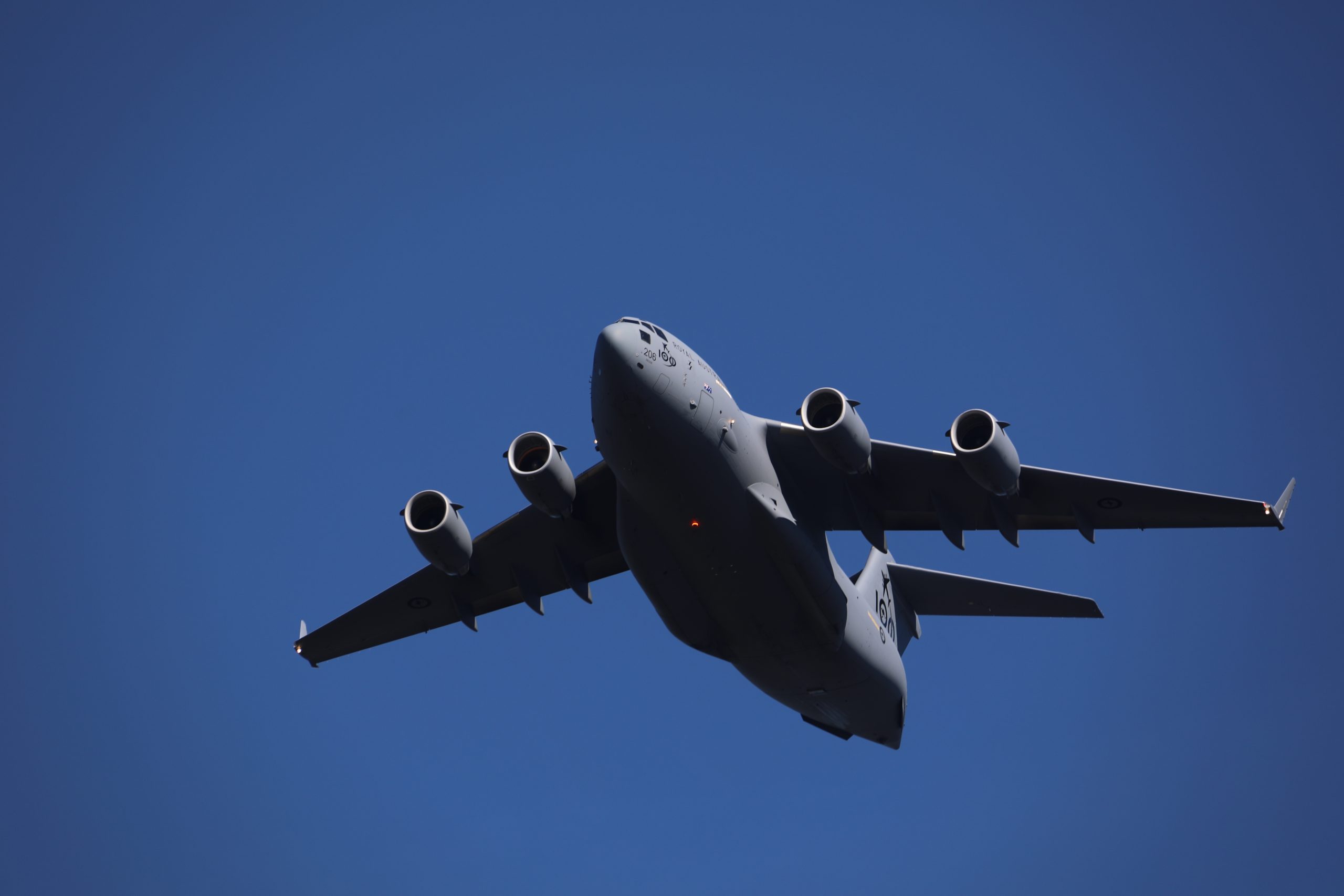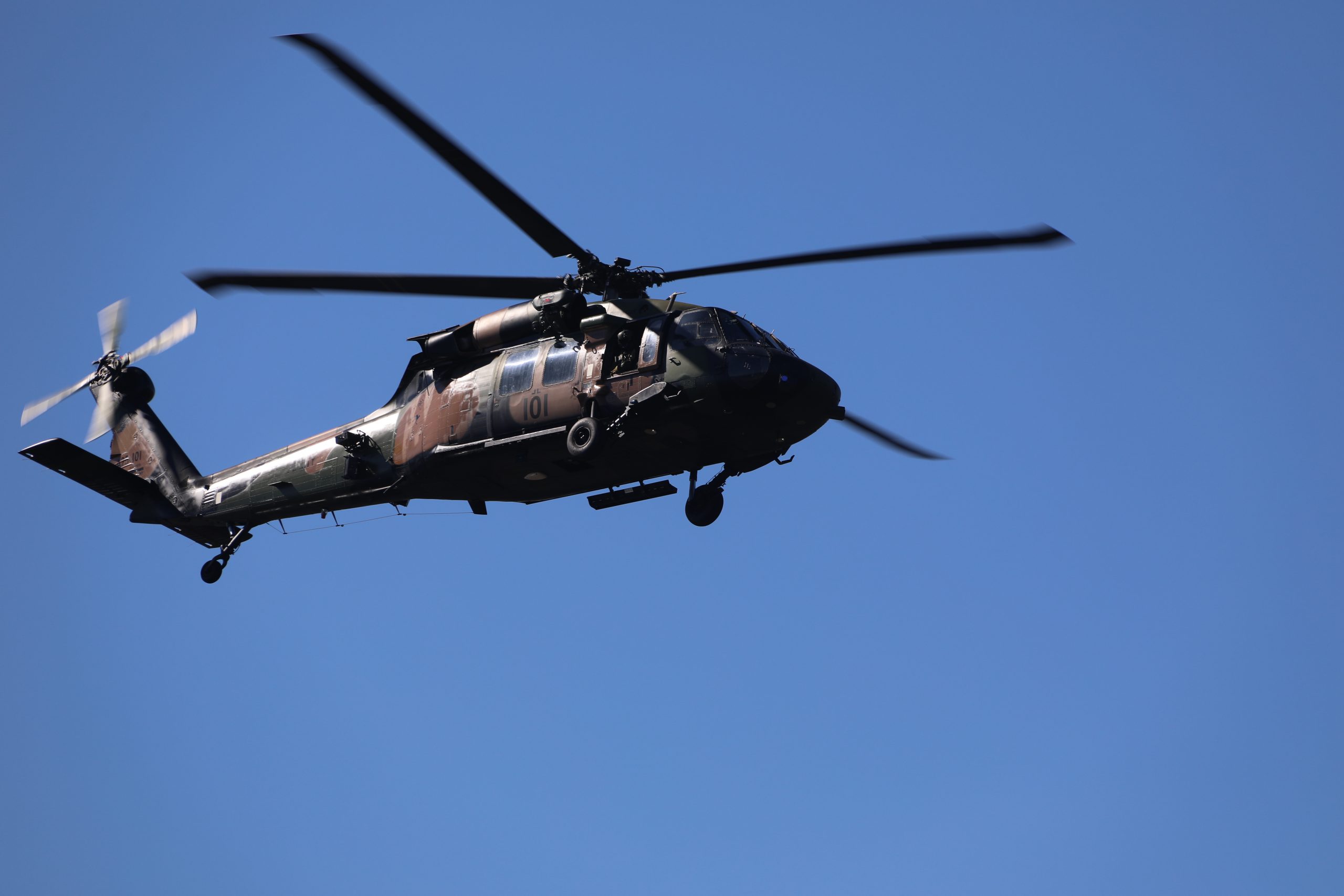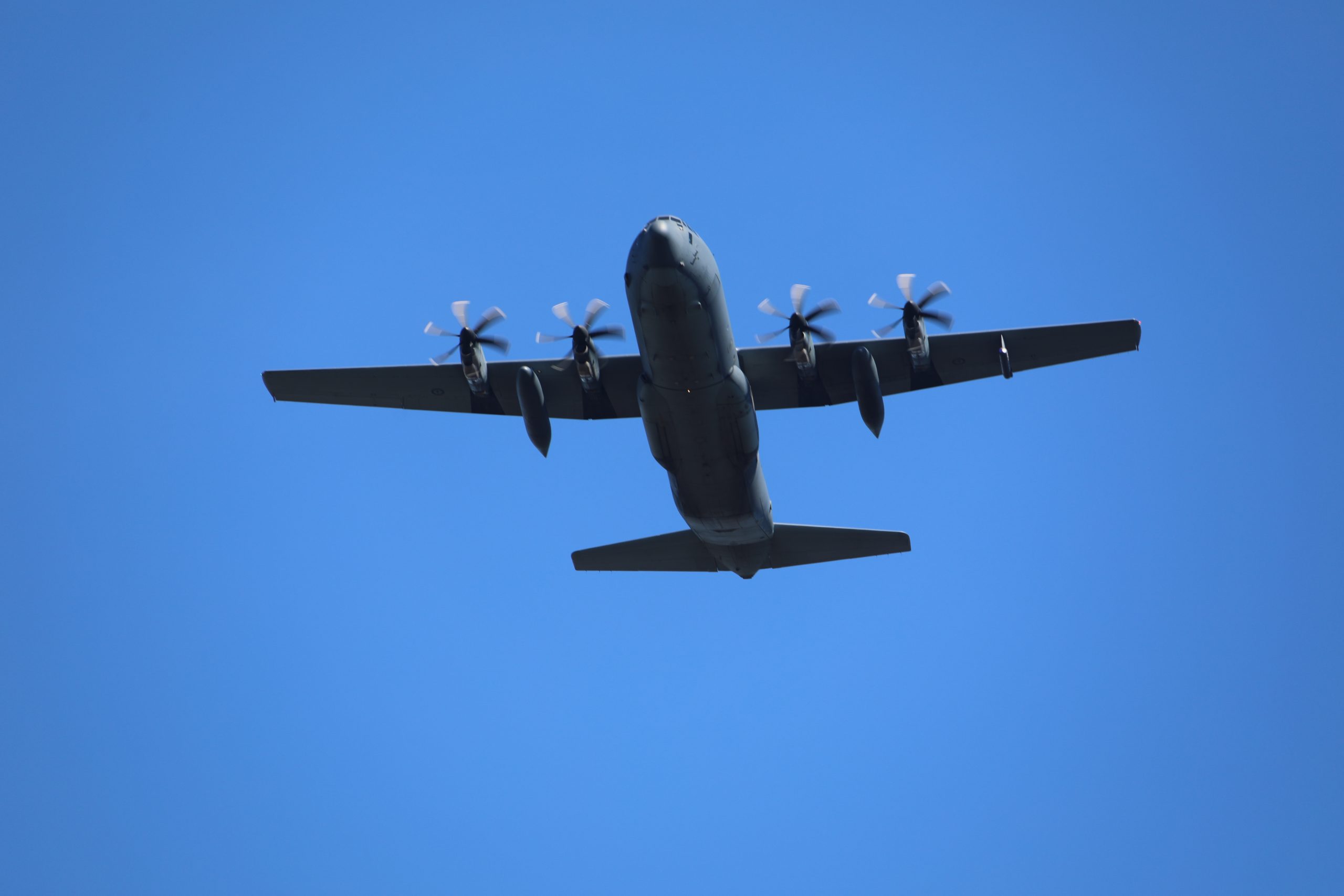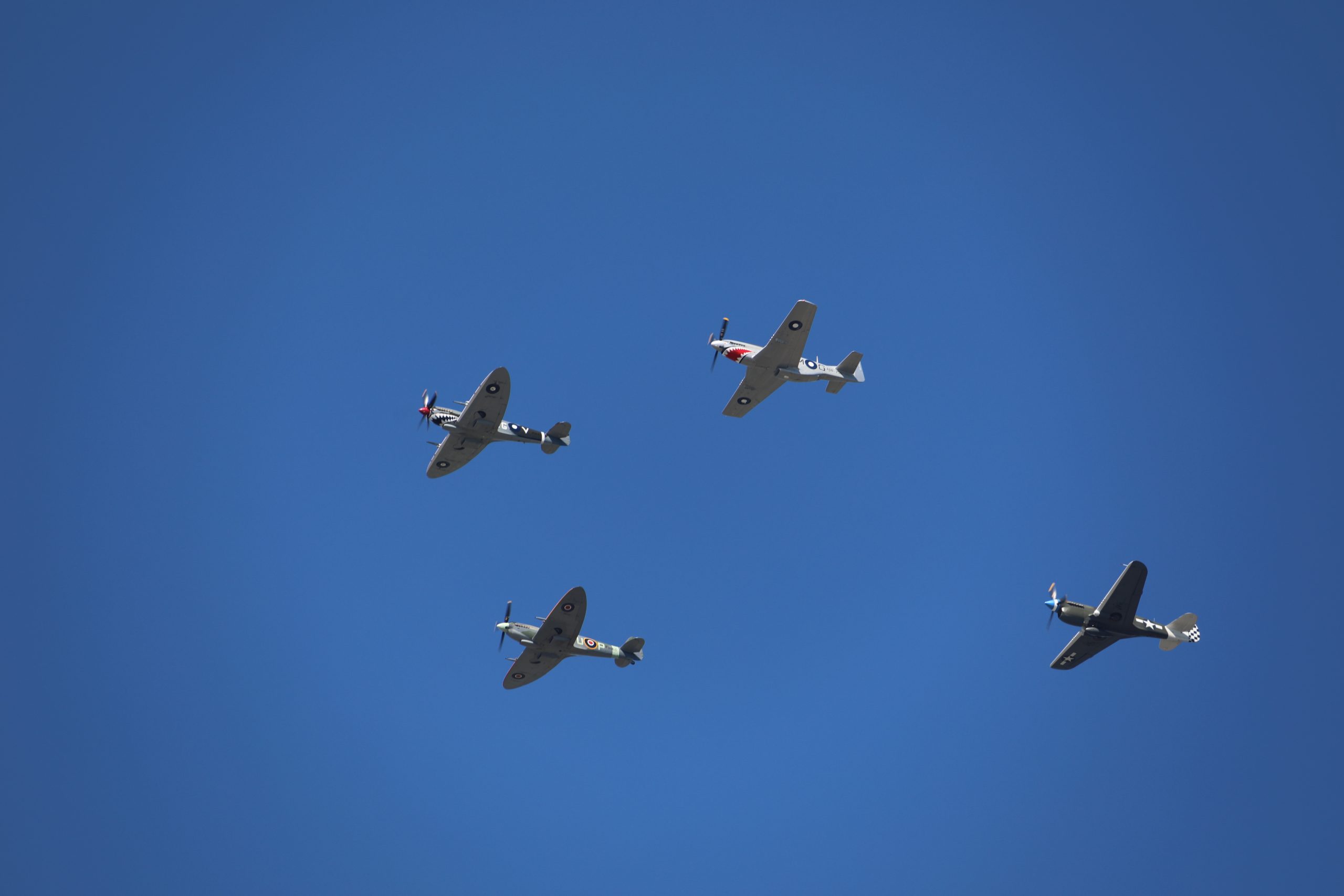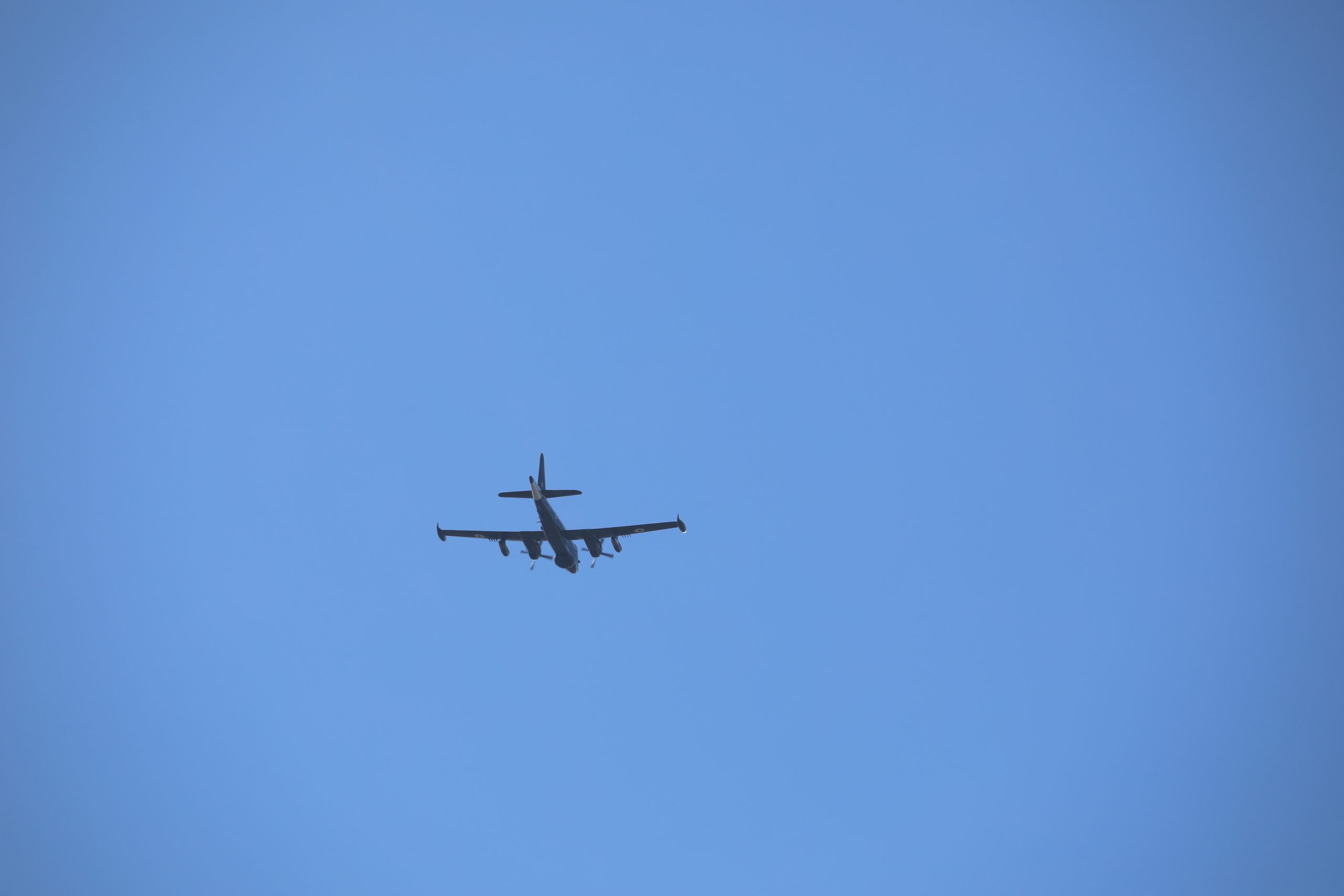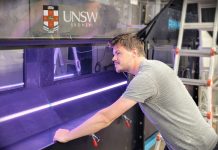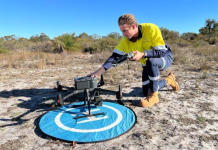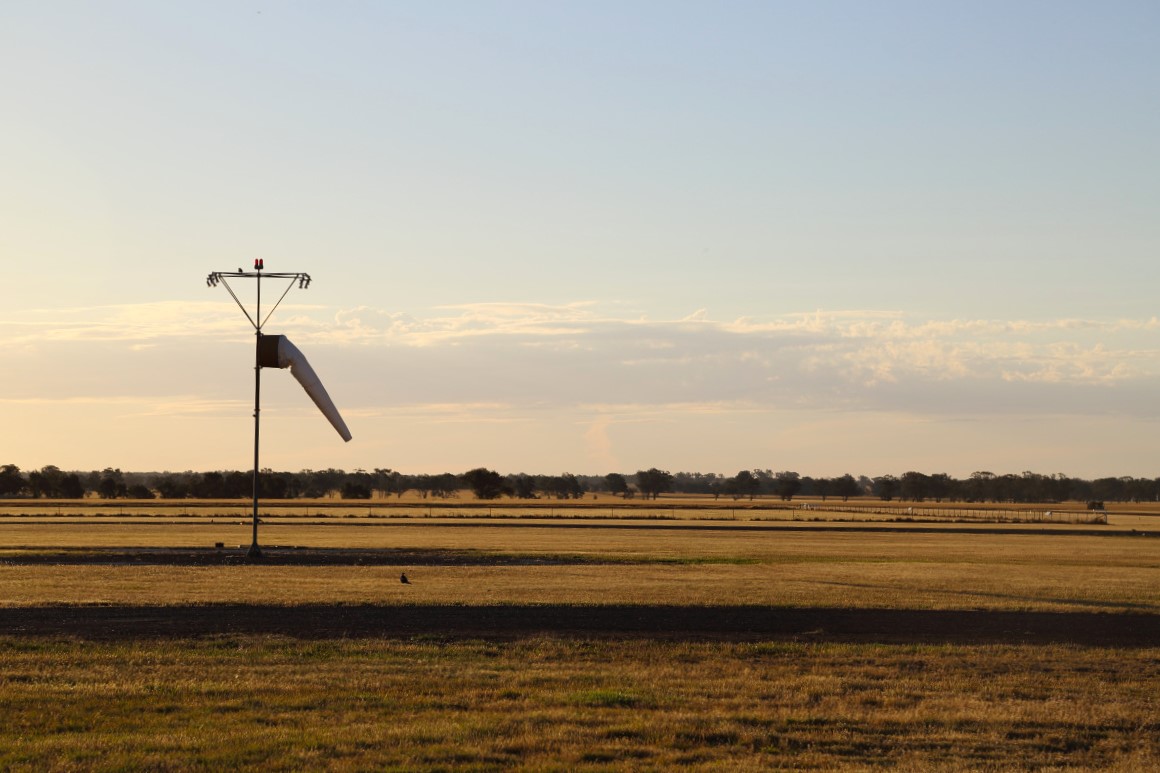CASA and Flight Safety Australia are about civil aviation but the Royal Australian Air Force, while obviously military, has had a profound influence on civil aviation in Australia. The RAAF trained thousands of pilots who eventually worked in air transport and general aviation and ex-air force aircraft such as the Tiger Moth, Harvard and Douglas DC-3 played important roles in civil aviation for many years.
So naturally we decamped from the office this morning to witness the RAAF’s 100th anniversary fly-past of more than 60 aircraft.
It was a spectacular event, beginning with formations of current RAAF aircraft, led by the C-27J Spartan, a transport aircraft that replaced the long-serving Caribou, followed by F/A-18F Super Hornets, EA-18G Growler electronic warfare aircraft and the futuristic F-35A Lightning II. All of these split the perfect Canberra autumn morning with a sound that was like the sky itself being torn in two.
The power and capabilities of these aircraft are awesomely impressive but even their keenest proponents would concede that for sheer aesthetic charm they yield to the World War II era fleet, which appeared courtesy of the Temora Aviation Museum and Historic Aircraft Restoration Society (HARS). The evocative sounds of radial and V-12 engines filled the sky over Canberra in numbers rarely seen since the end of the War. The only flying Hudson bomber in the world, an Australian designed Boomerang fighter, Harvard and Wirraway trainers – these were just the appetiser. They were followed by a Mustang, two Spitfires and a Kittyhawk, which still projected speed and firepower after 80 years. The radial engine DC-3 and Catalina flying boat workhorses marched sonorously cross the sky and a Lockheed Neptune patrol aircraft represented the apotheosis of piston engine aircraft design, which was reached in the late 1940s.
Workhorses of the modern air force followed: the seemingly eternal Lockheed C-130 Hercules (first designed in 1951, and still in production), the C-17 Globemaster III, and the brains behind modern air warfare, the E-7A Wedgetail.
The morning ended with a typically spectacular performance from the RAAF Roulettes in their PC-21 advanced trainers. Time had flown, for two hours, and 100 years.

